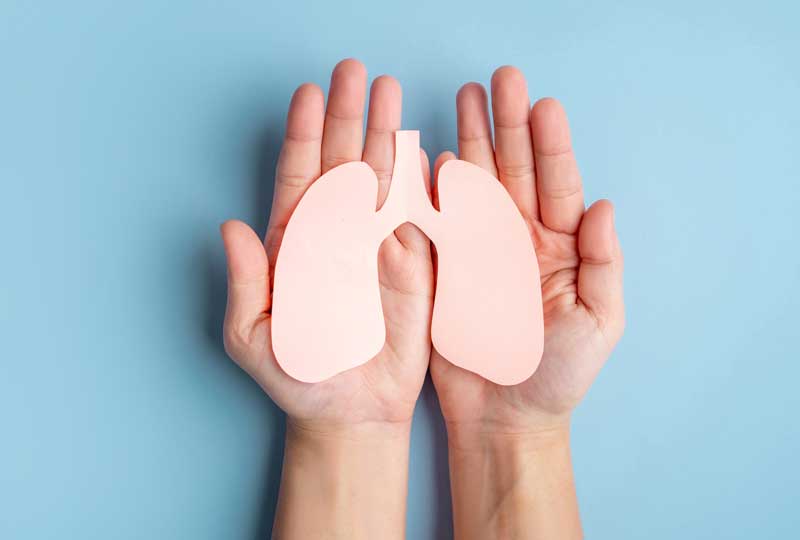Learn more about lung transplant criteria and requirements to meet before undergoing this quality-of-life-boosting procedure.
Some of the most common conditions for which patients receive a lung transplant include underlying interstitial lung disease, idiopathic pulmonary fibrosis, cystic fibrosis, pulmonary hypertension, advanced chronic obstructive pulmonary disease (COPD) or emphysema, and alpha-1 antitrypsin deficiency. If you have one of these conditions, you may be wondering if you meet the criteria for a lung transplant, which may improve quality of life.
“Patients go through a vigorous workup to see if they meet the criteria,” said Dr. David Erasmus, medical director of Vanderbilt’s Lung Transplant program.
Disease status criteria for lung transplant
First, patients undergo an assessment of disease status. The evaluation involves verifying that a patient has been given the right diagnosis, one that is appropriate for transplant. “Then we have to figure out if the disease process has failed medical therapy,” Erasmus explained. This means that less-invasive treatment options have not worked.
Additionally, a patient is assessed for whether the timing is right for an evaluation for lung transplant. “Obviously we don’t want to transplant somebody who might live just as long and have quality of life without the transplant,” Erasmus added.
Age limit for lung transplant
At Vanderbilt, the general age cutoff for a lung transplant is 70. However, patients who are older are still considered for transplant on a case-by-case basis, Erasmus said.
Health status criteria for lung transplant
“An ideal candidate would be somebody who has lung failure but is otherwise in good shape,” Erasmus explained. “That means they don’t have significant heart failure or other heart problems, kidney problems, liver problems or infections that cannot easily be treated.”
Additionally, patients who have had cancer within a few years of evaluation may be disqualified from getting a lung transplant. “There are some caveats to that, too,” Erasmus explained. “Examples include some superficial skin cancers, early prostate cancer or superficial bladder cancer that we are able to deal with.”
A recent cancer diagnosis often prevents someone from being a candidate because of the requirement for an immunosuppressing drug regimen after lung transplant to prevent organ rejection. “We could make a situation worse,” Erasmus added, “where there is cancer in the background and we could cause cancer to grow or spread more rapidly.”
Body Mass Index requirements
To undergo transplant evaluation, patients are required to have a body mass index (BMI) that is less than 35. “Ideally we would want them to get their BMI even lower, to 30 or less,” Erasmus said, “to give them the best possible outcome. We know that obesity is associated with poor outcomes.”
Commitment after transplant
Patients of Vanderbilt’s Lung Transplant program are required to stay locally for three months or more after their lung transplants. That is the general timeframe when patients are most vulnerable to complications. During that time, patients will have frequent visits with their care teams and meet key milestones in surgical recovery, Erasmus said. “They’re expected to go through a pretty vigorous rehabilitation program to get recovery off and running on the right track,” he added.
Caregiver status
Having a good support system is also crucial for lung transplant candidates. “Patients cannot go through all of this alone,” Erasmus said. “They would need a primary caregiver and a backup person to be able to go through the process with them.” Vanderbilt has social worker support to help patients and their caregivers navigate the journey from transplant to recovery, including with finding a place to stay if they do not live nearby.

Vanderbilt Health has one of the oldest lung transplant programs in the country – and the only one in Tennessee, giving new hope and longer life to patients suffering from end-stage lung disease.

